-
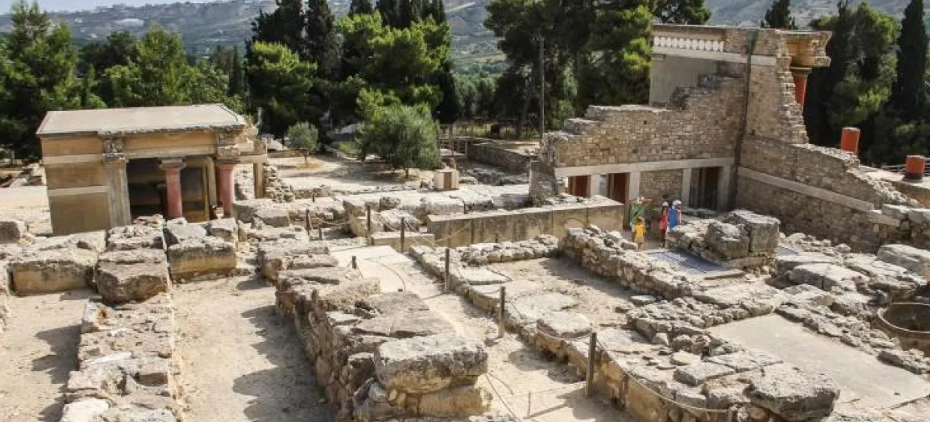
Exploring ancient Cretan labyrinth in Knossos
The ancient palace of Knossos, located just a few kilometers south of Heraklion on the island of Crete, is one of the most significant archaeological sites in Greece. Renowned for its association with the myth of the Labyrinth and the Minotaur, Knossos offers visitors a fascinating glimpse into the Minoan civilization, which flourished from approximately…
-
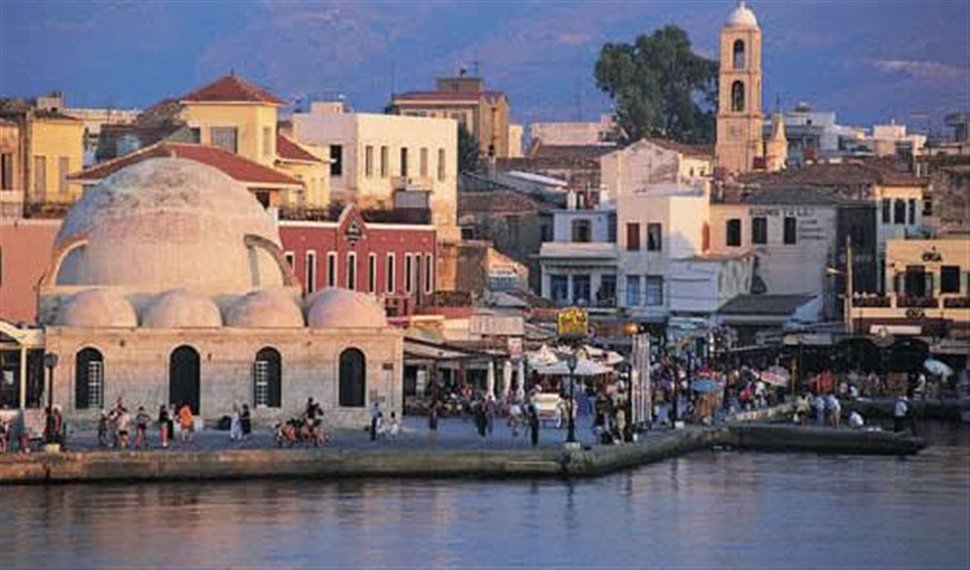
The influence of Venetian architecture in Crete
Crete, the largest of the Greek islands, is a land of rich cultural heritage and diverse historical influences. Among the most significant periods in Cretan history is the Venetian rule, which lasted from 1204 to 1669. During this time, the Venetians left an indelible mark on the island, most notably through their architectural contributions. Venetian…
-
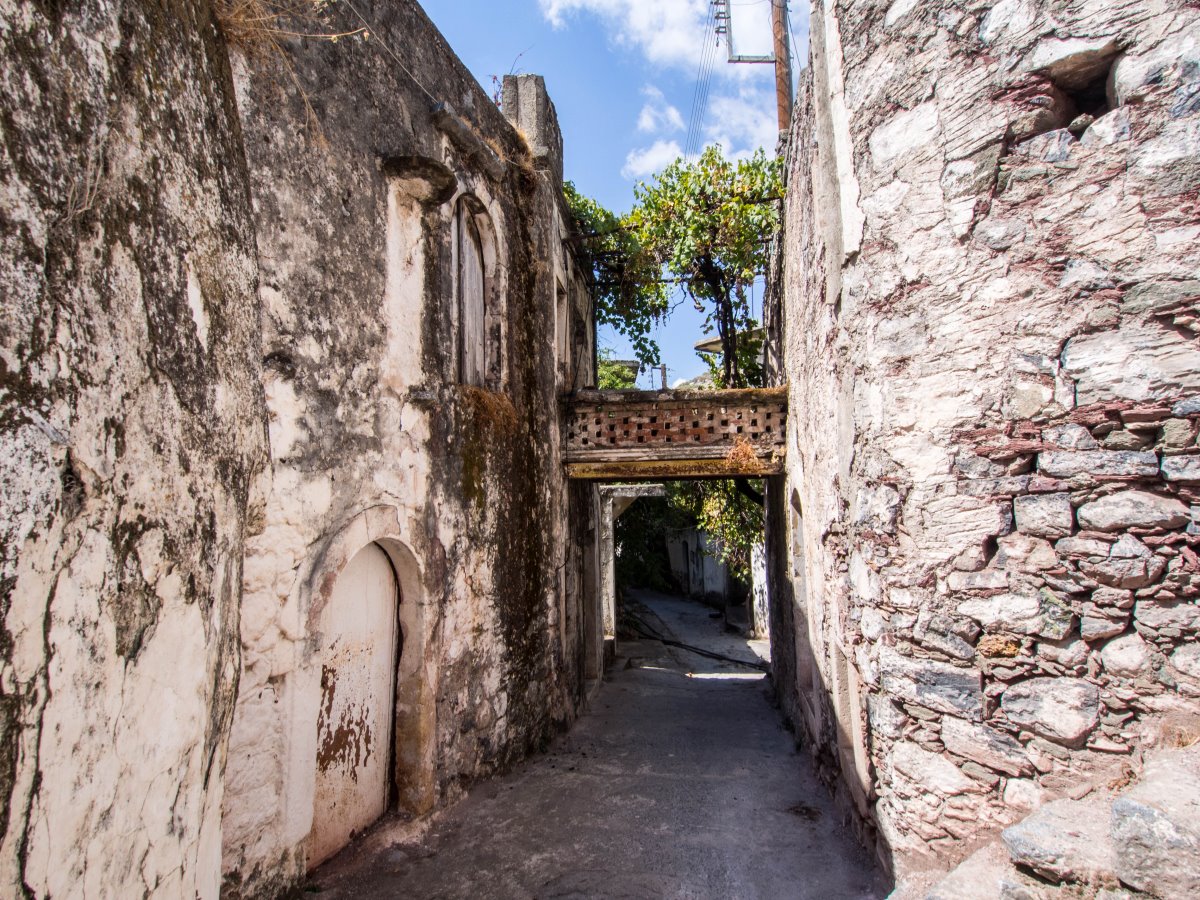
Exploring Cretan ghost towns
Crete, the largest of the Greek islands, is renowned for its vibrant culture, stunning landscapes, and rich history. However, beyond its bustling cities and popular tourist destinations lie ghost towns—abandoned villages and settlements that offer a hauntingly beautiful glimpse into the island’s past. These ghost towns, with their crumbling buildings and silent streets, tell stories…
-
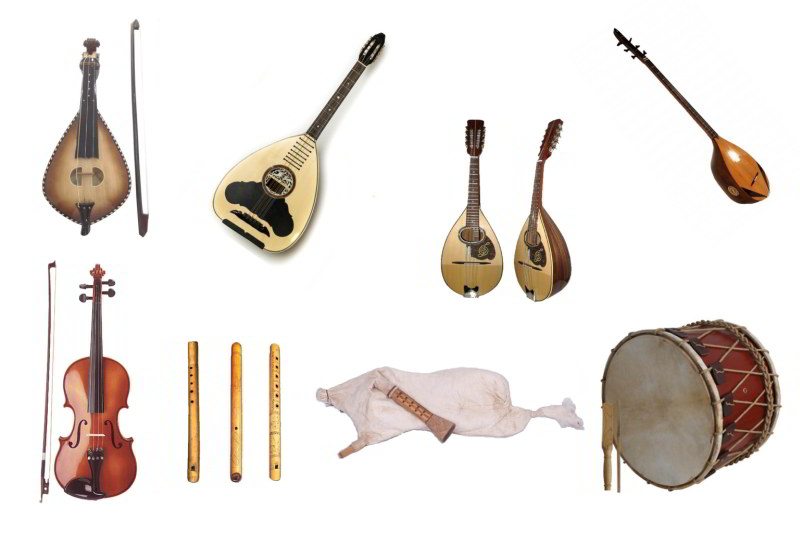
Cretan traditional musical instruments
Crete, the largest of the Greek islands, boasts a rich cultural heritage deeply intertwined with its vibrant musical traditions. The island’s traditional music, characterized by its passionate and emotive melodies, is an integral part of Cretan life, permeating festivals, celebrations, and everyday moments. Central to this musical heritage are the traditional instruments that produce the…
-
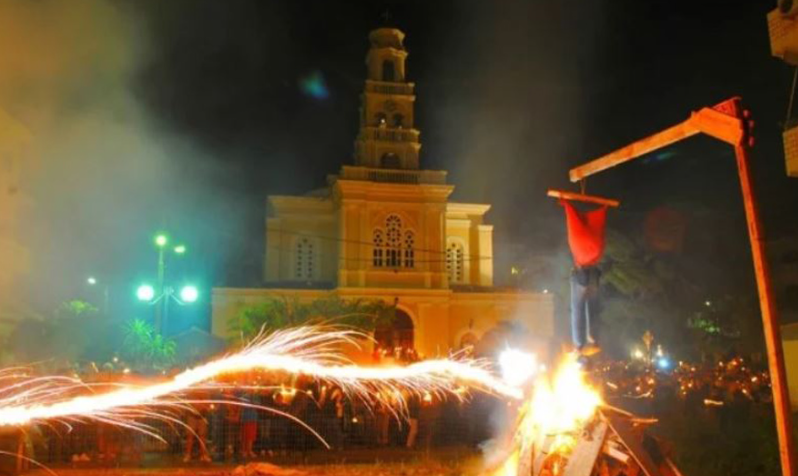
Experiencing Cretan Easter traditions
Easter, or Pascha, is the most significant religious celebration in Greece, and Crete, the largest Greek island, offers a particularly vibrant and deeply rooted set of traditions that make this time of year exceptionally special. Experiencing Cretan Easter traditions provides a profound glimpse into the island’s cultural and religious life, blending ancient customs with heartfelt…
-
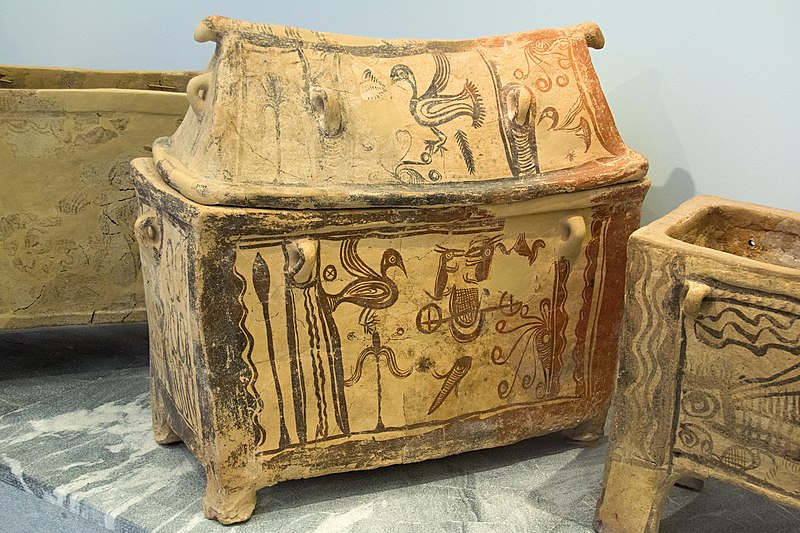
Cretan ancient burial sites
Crete, the largest of the Greek islands, is a land steeped in history and myth. Among its many archaeological treasures, the ancient burial sites of Crete offer a fascinating glimpse into the island’s past, revealing the customs, beliefs, and social structures of its early inhabitants. These burial sites, ranging from the prehistoric era to the…
-

Cretan traditional wedding custom
Crete, the largest of the Greek islands, is renowned for its rich cultural heritage and vibrant traditions. Among the most cherished of these traditions are the elaborate and joyous wedding customs that have been passed down through generations. Cretan weddings are not merely a union of two individuals; they are a celebration of community, family,…
-

The legacy of Cretan resistance
Crete, the largest of the Greek islands, has a storied history of resistance against foreign occupation and oppression. The legacy of Cretan resistance is a powerful testament to the island’s enduring spirit, bravery, and resilience. From ancient times through the Ottoman period and the brutal years of World War II, the people of Crete have…
-

Historical Cretan maritime routes
Crete, the largest of the Greek islands, has always been a vital crossroads of the Mediterranean due to its strategic location and extensive coastline. Throughout history, Crete’s maritime routes have played a crucial role in the island’s economic, cultural, and political development. From the Minoan civilization to the Byzantine Empire and beyond, these ancient sea…
-
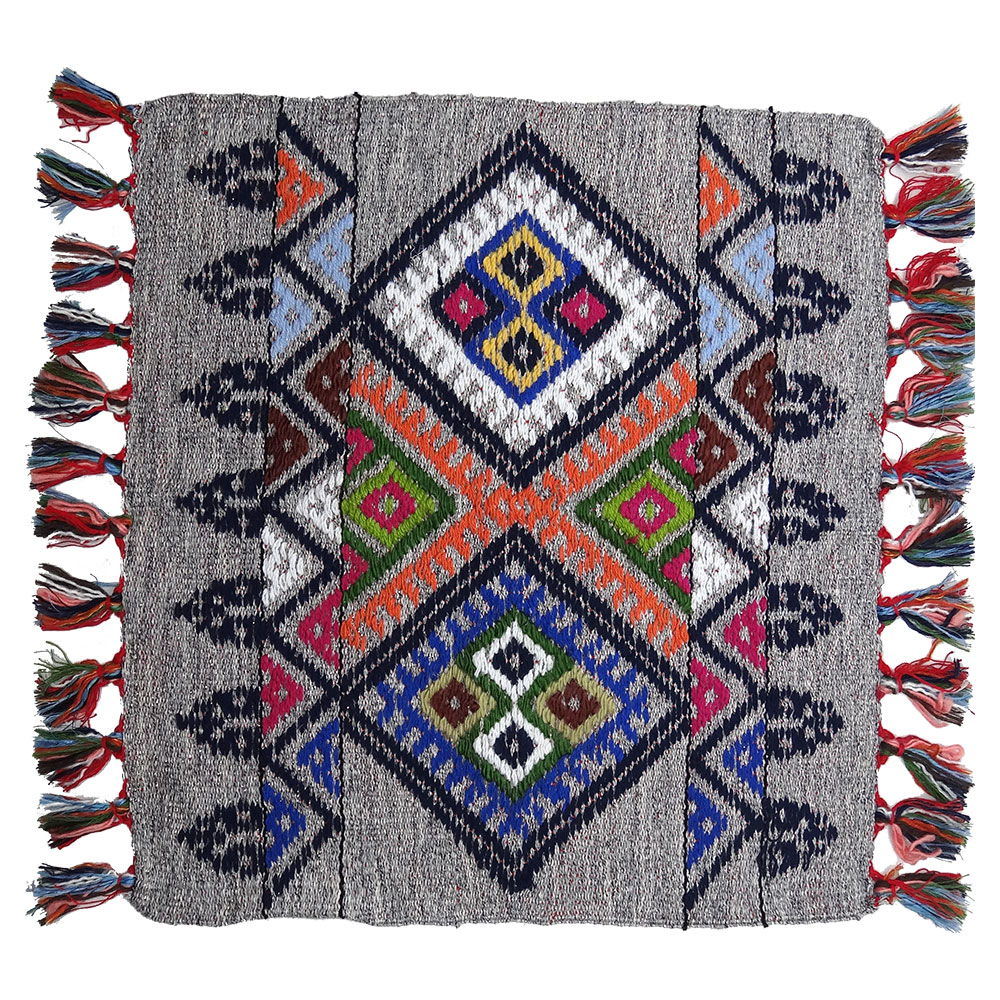
Traditional Cretan rug-making techniques
Crete, the largest of the Greek islands, is not only famous for its stunning landscapes, ancient ruins, and vibrant culture but also for its rich tradition of craftsmanship. Among the island’s many artisanal practices, traditional rug-making stands out as a time-honored craft that has been passed down through generations. This intricate art form reflects the…
tel. +30 6984657097
email: livingincrete@gmail.com

